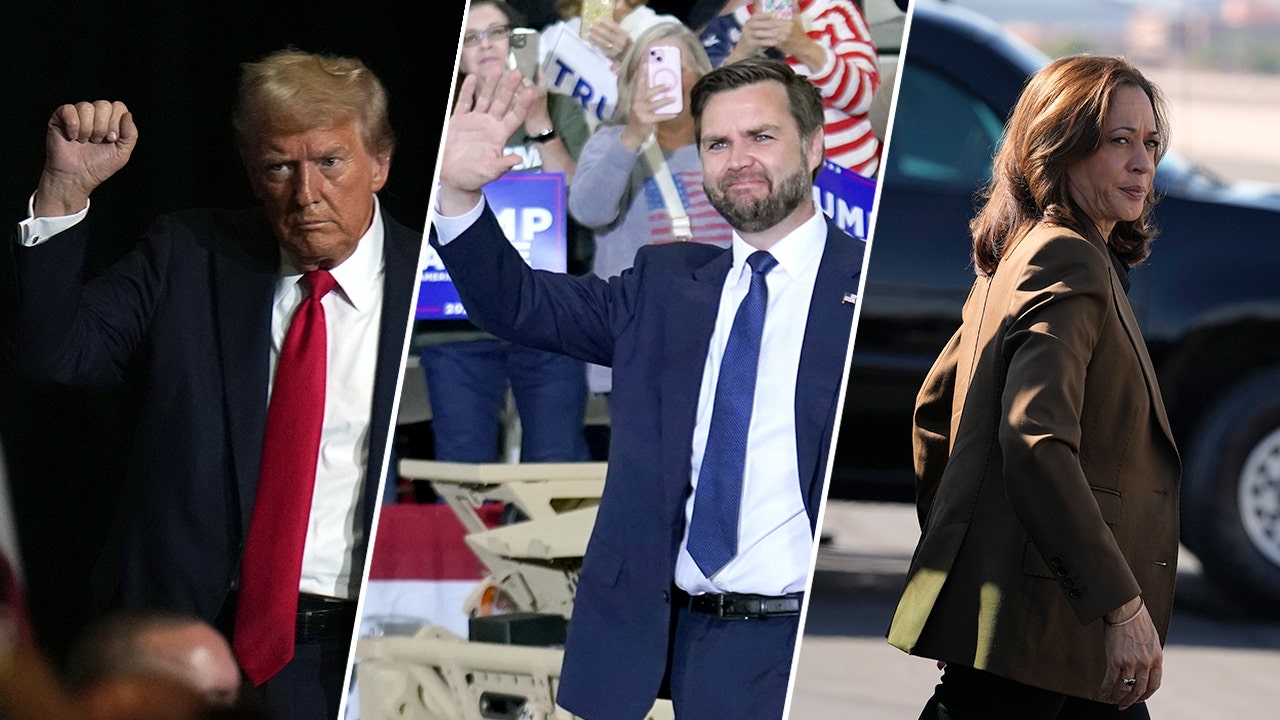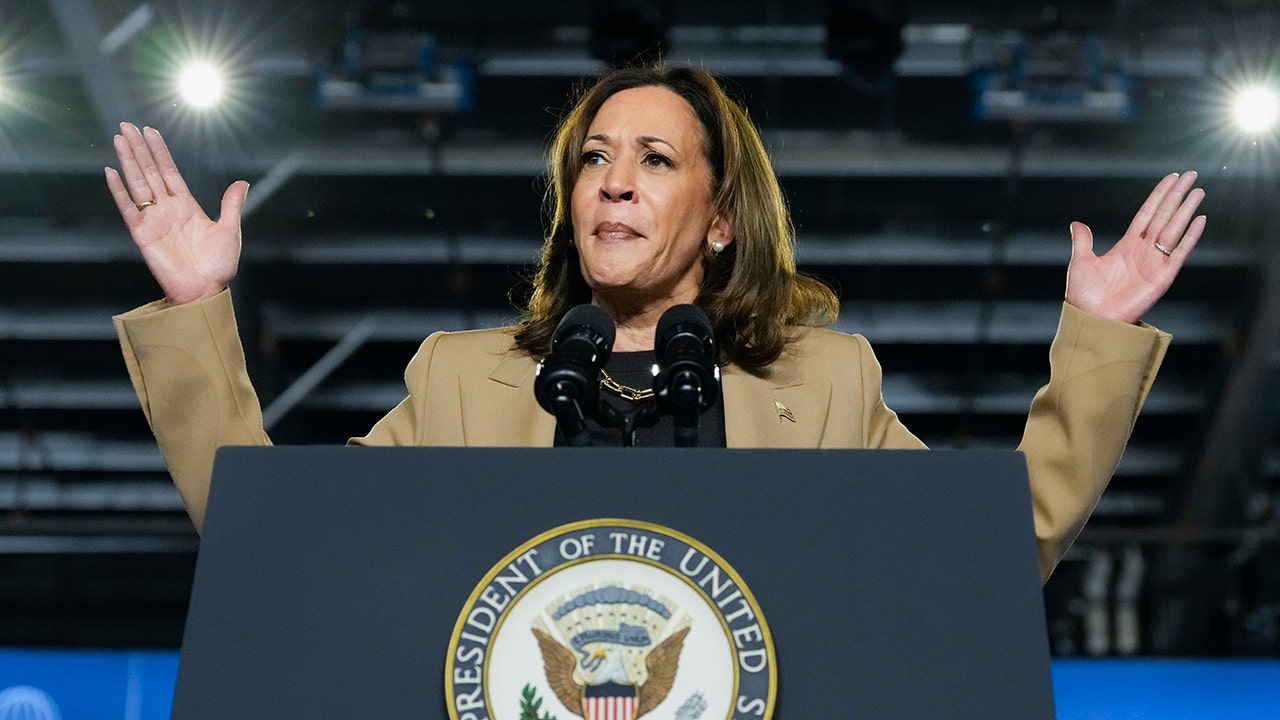Courtesy of Apple TV+
World
US Navy looks to robots, AI to extend vessel health and maintenance
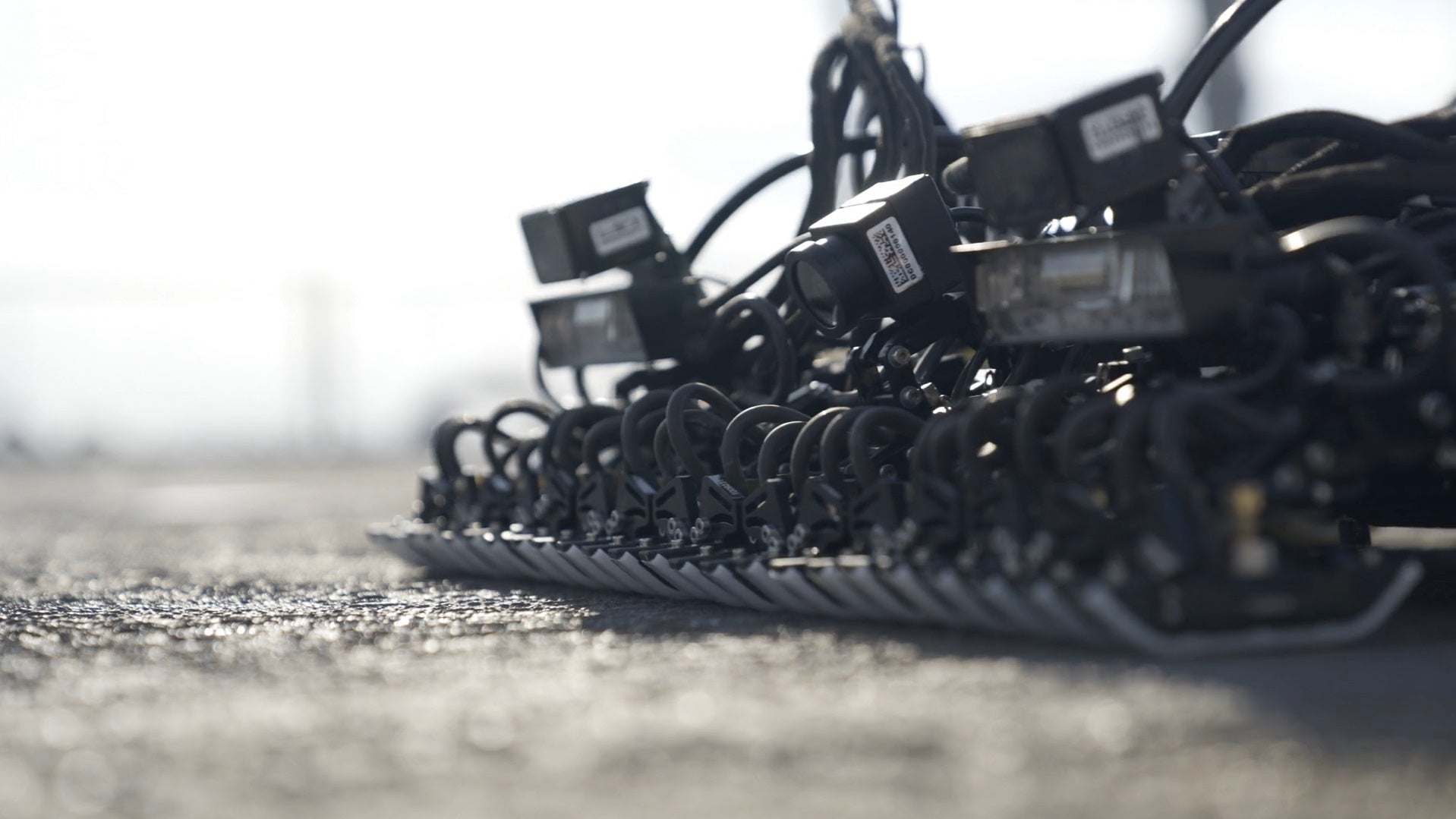
The U.S. military will look to robotics and artificial intelligence (AI) to improve fleet maintenance and readiness, according to Gecko Robotics.
The company has worked out a deal that will see the U.S. Navy introduce wall-climbing robots and AI to “reduce delays and maintain its fleet” with an eye toward extending the life of ships and submarines.
“We’re proud to grow our partnership with the Navy around keeping ships in the fight and increasing the pace of production on the Columbia,” Jake Loosararian, co-founder and CEO of Gecko Robotics, said, referring to the Columbia-class submarine program in a press release.
“Making sure the brave men and women of the U.S. Navy have the tools they need to perform their vital missions safely and effectively is the perfect example of what our team wakes up every morning focused on.”
FOX NEWS AI NEWSLETTER: CREEPY, YET HELPFUL ROBOT IS READY TO ASSIST
A close-up view of a Gecko Robotics unit as it crawls across a carrier deck. (Gecko Robotics)
The main benefit Gecko has promised is a reduction in work hours associated with maintenance. The company also believes it can improve data analytics to help find defects in these processes to improve defensive structures of the vessels.
Gecko said it can capture 4.2 million data points while traditional methods capture “less than 100 data points on key vital defense structures.”
PIONEERS OF AI WIN NOBEL PRIZE IN PHYSICS FOR LAYING THE GROUNDWORK OF MACHINE LEARNING

An operator monitors a Gecko Robotics robot as it begins its analysis. (Gecko Robotics)
Loosararian started Gecko Robotics in 2013 as an evolution of a project he started during college. He started developing his first robot in 2012 while at Grove City College in Pennsylvania, according to Fortune.
He built the robot to satisfy a project pitched by an engineering professor to handle structural issues at a nearby power plant. Loosararian’s project ended up donated to the plant, which used it for years.
EXPERT WARNS UN’S ROLE IN AI REGULATION COULD LEAD TO SAFETY OVERREACH
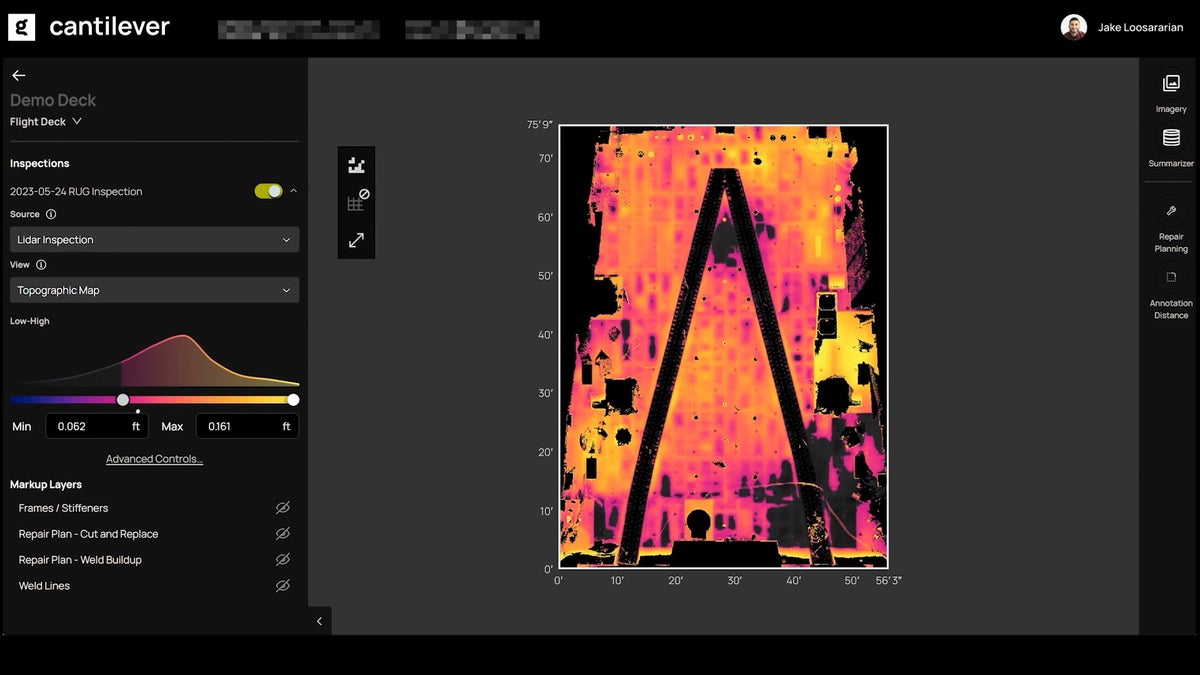
The interface on Gecko Robotics’ AI program, Cantilever, which accumulates millions of data points gathered by the robots. (Gecko Robotics)
Loosararian redesigned the hardware to build the robots for his eventual company, Gecko, pouring his savings into the company. He cycled through co-founders and worked without pay for years before finally finding his footing with his new projects.
Gecko started partnering with the U.S. Navy in 2023 mainly to help decrease maintenance delays for ships and submarines, but it has seen a 400% increase in use during 2024. In the coming months, it will start to work on aircraft carriers and will start to gather “granular data on the health of the Navy’s vessels.”
“That data is then fed into Gecko’s AI-powered operations platform, Cantilever, to help substantially reduce growth work, maintenance timelines and help the ships get back to sea faster,” the company said in its press release.
“The new deals cement Gecko’s role in building and maintaining critical defense assets that support both national and global security,” the release said. “It also makes the U.S. Navy a pioneer in using the very latest technology to reduce delays and unexpected maintenance for its fleet — a challenge faced by countries around the world.”

World
Map: 6.2-Magnitude Earthquake Strikes Near Costa Rica
Note: Map shows the area with a shake intensity of 4 or greater, which U.S.G.S. defines as “light,” though the earthquake may be felt outside the areas shown. The New York Times
A strong, 6.2-magnitude earthquake struck in the North Pacific Ocean near Costa Rica on Saturday, according to the United States Geological Survey.
The temblor happened at 1:43 p.m. Eastern about 25 miles northwest of Tamarindo, Costa Rica, data from the agency shows.
As seismologists review available data, they may revise the earthquake’s reported magnitude. Additional information collected about the earthquake may also prompt U.S.G.S. scientists to update the shake-severity map.
Aftershocks in the region
An aftershock is usually a smaller earthquake that follows a larger one in the same general area. Aftershocks are typically minor adjustments along the portion of a fault that slipped at the time of the initial earthquake.
Quakes and aftershocks within 100 miles
Aftershocks can occur days, weeks or even years after the first earthquake. These events can be of equal or larger magnitude to the initial earthquake, and they can continue to affect already damaged locations.
Source: United States Geological Survey | Notes: Shaking categories are based on the Modified Mercalli Intensity scale. When aftershock data is available, the corresponding maps and charts include earthquakes within 100 miles and seven days of the initial quake. All times above are Eastern. Shake data is as of Saturday, Oct. 12 at 2:26 p.m. Eastern. Aftershocks data is as of Saturday, Oct. 12 at 7:58 p.m. Eastern.
World
At least 11 killed in fighting between tribes in northwest Pakistan

A shooting incident between rival tribes appear to have led to clashes, with woman and children among the casualties.
At least 11 people have been killed and eight injured, including women and children, in tribal clashes in northwestern Pakistan, according to a local official.
Tensions rose in Kurram district, Khyber Pakhtunkhwa province, on Saturday after two people were critically injured in a shooting incident between rival tribes. It was not immediately clear what caused the shooting.
Vehicles were targeted in different areas of the district, leading to more casualties, said senior official Javedullah Khan.
Khan said efforts were being made to secure travel routes and restore normalcy. The injured were taken to a hospital.
Pir Haider Ali Shah, a former parliamentarian and member of a tribal council, said elders had arrived in Kurram to mediate a peace agreement between the tribes.
“The recent firing incidents are regrettable and have hampered efforts for lasting peace,” he said.
Last month, at least 25 people were killed in days of clashes between armed Shia and Sunni Muslims over a land dispute.
Although both live together largely peacefully in the country, tensions have existed for decades between them in some areas, especially in Kurram, where Shia Muslims dominate in parts of the district.
Balochistan Liberation Army
Meanwhile, on Saturday a separatist group in the southwest of Pakistan claimed responsibility for an attack that killed 21 people.
The Balochistan Liberation Army (BLA) said its fighters attacked a coal mine in Dukki district with heavy weapons, rocket launchers and grenades late Thursday night.
It gave higher casualty figures of 30 dead and 18 injured. It also said that Pakistani security personnel were disguised as workers, without giving evidence.
It threatened more assaults unless the military withdrew from the province.
Balochistan is a hotbed of armed movements, with the BLA most prominent among them.
They accuse the central government in Islamabad of exploiting the province’s rich oil and mineral resources to the detriment of the local population in the country’s largest and least-populated province, which borders Iran and Afghanistan.
On Monday, the BLA – designated a “terrorist group” by Pakistan, the United Kingdom and the United States – claimed responsibility for an attack targeting Chinese nationals near Pakistan’s largest airport.
The Chinese embassy in Pakistan said at least two of its citizens were killed and a third injured after their convoy was targeted with an improvised explosive device believed to have been detonated by a suicide bomber.
Local media reports suggest at least 10 people were injured in total, with four cars destroyed in the explosion and 10 more vehicles damaged in the resulting fire.
World
‘Pachinko’ EP Soo Hugh on That Big Season 2 Finale Secret, Why Blackpink’s Rosé Covered Coldplay and the Show’s Uncertain Season 3

SPOILER ALERT: The following interview contains spoilers from “Chapter 16,” the Season 2 finale of “Pachinko,” now streaming on Apple TV+.
The Apple TV+ drama “Pachinko” has once again delivered emotionally fraught season finale.
The time-jumping family drama about Korean immigrants, based on Min Jin Lee’s 2017 novel, put the focus of the season-ender primarily on a college-aged Noa (Tae Ju Kang) in 1951, as he experiences not only college life and his first serious girlfriend, but also finally arrives at the point we’ve been waiting for all season — his finding out that the wealthy and corrupt businessman Koh Hansu (Lee Min-ho) is his biological father.
Also, in the 1989 storyline, the older Sunja (Youn Yuh-jung) ends her budding romantic relationship, while her son Mozasu (Soji Arai) must confront someone from his past as he attempts to stop his ambitious son Solomon (Jin Ha) from going down a dark path he knows all too well.
“Pachinko” showrunner Soo Hugh talked to Variety about what all these storylines coming to a head mean for the characters, how she got international pop star Rosé from Blackpink to cover a Coldplay song for the episode — and the future of the drama, since a Season 3 renewal has yet to come.
First of all, by the time we get to the end of Season 2, where are we with how the book unfolds?
I would say for the present-day storyline, it’s all pretty new, because we already caught up to the book in Season 1. For the past storyline, I feel like the foundation and a lot of the outlines are still there. We’re still in the book’s timeline for this past.

Courtesy of Apple TV+
This is a really big episode for Noa. How much do you think he actually has known about his father even if he didn’t admit it to himself?
There’s a line Hansu says to Sunja [Minha Kim] that he’s a smart kid and he’s going to find out. I think he has this inkling that something feels off, but I don’t think in his mind he can even understand that it’s possible for his mother to have had a baby out of wedlock. Those definitions don’t exist for him. He knows something, but he has no idea what that is.
In the scene where Hansu is confronted by Noa, Hansu has a choice not to tell him — but instead he tells him everything. Did you ever think about him not telling him, or did it have to happen?
I definitely wanted that moment. The camera lingers on Hansu’s face for a minute, and if you look closely, he even tears up slightly in that shot. Part of him knows that he’s cursing his son in that moment by telling the truth, but he’s been waiting for so long to do it. He’s waited 20 years to tell him, “I’m your father.” It’s really like “Star Wars!”
How much alike do you think Noa is compared to Hansu? We see some flashes of Noa’s anger in this episode that’s similar to Hansu’s.
Well, it’s interesting the way he reacts when Akiko [Kilala Inori] says, “Noa, Hansu is your father,” and his first instinct is this huge, violent push. Then, afterwards, you see this fear in his eyes. I think he realizes “This blood that runs through this man, this blood that does have that propensity to violence, perhaps it’s in me as well.”
When Noa goes back home to see his mother one last time, he doesn’t tell her he knows. Later, she says that that was his mercy. Is that how you see it?
It’s funny. When you shoot scenes, you always want to give yourself as much room as possible to reinterpret those scenes in the edit room, right? But you have to make decisions and in the edit room we had to. The editor and I had to pick the moment when Noa decides he’s going to leave. “When is he going to abandon his name? When is it?”
There’s one cut where he decides earlier with Hansu. If you look closely, when Hansu says, “I’ll make them grovel upon your feet,” there’s this look where Noa is breathing really hard — and all of a sudden, you see him calmly breathe, he catches his breath and he gets really still. In the editing room, we said, “That’s the moment.” So, when he goes to Sanja, he’s already made up his mind, and there doesn’t need to be an argument because his decision won’t be swayed. He’s really come to say goodbye.
I’m just glad he’s still alive in the end, since this show does have its tragedies. I was worried he might kill himself, or truly disappear but then we see him in Nagano.
There was discussion whether or not we needed the Nagano scenes at the end. Some people felt “Why do we need this?” And it’s for exactly your reason. It felt like schmuck-baiting not to have it.
We see that Sunja is destroyed by Noa leaving, but how is this going to affect Hansu?
Equally. He’s so affected, because he’s wanted to be the father for so long, but there are ways of dealing with it that are going to be very different. We’ve always said that are two very different worldviews of how they look upon the rules of the world. In the episode’s last shot of Hansu, he looks straight into the camera and it’s almost like he is looking at us and saying, “OK, this is who you want me to be. I’ll be your monster.” If there is a Season 3, we get to see that spiral continue.
A monster of his own making, right? He’s orchestrated a lot of this.
That’s really interesting. I don’t know if Hansu would say it was of his own making, in some ways. I don’t know if he would, but that’s interesting.
Once we see Noa in that Nagano scene, he doesn’t just change his name, but also says he’s not Korean. How significant is that to the story you’re telling, given the show is so much about the identity of Koreans in this Japanese world?
What’s interesting is if you did a shot of people walking on a street in Japan, you would not be able to pick out who the Koreans were, because it’s a homogenous country. Koreans look similarly within the band of Asian-ness. It isn’t until, perhaps, someone opens their mouth or you hear about their families that you understand, “Oh, you’re not Japanese.” But Noa was born in Japan. He speaks Japanese like any other Japanese child, so in his mind, he’s just becoming who he’s meant to be. Which could have tragic consequences for him.
The narration over the final scenes with the dialogue about shadows is really beautiful, and fitting for all of these characters. Is that from the book?
It’s not from the book. It was actually in Season 1 originally, but we cut it. When Sunja goes into the water after Hoonie’s [Lee Dae-ho] death, we hear Hoonie’s voiceover say, “Dear Sunja…”This was dialogue that was supposed to go there and it didn’t work. It was too abstract at that time. We wrote it so that Hoonie did a more direct address to Sunja, but I’ve always loved this dialogue. I always loved this metaphor of the horses. And I was like, “Try it again here. Let’s see if it works.” And for some reason, it did work better here.
In the 1980s timeline, the older Sunja has been getting close to Kato (Jun Kunimura) but is ending their relationship since Mozasu thinks he just wants the family’s money. But you give Kato a chance to tell his own tragic story. Why was that important?
Maybe this was just totally naive of me, but it wasn’t until we were conceiving his character that we realized every Japanese man in that age range would have been in World War II, so every man of that age has a story of some sort. It’s almost like the ordinariness that becomes extraordinary, which really is so much of the heartbeat of this show. He tells this really harrowing story, but I love his performance because he’s very matter of fact. It’s been 50 years that he’s dealt with it, and he’s processed it. It just felt really honest.
Let’s talk about Solomon and his father, Mozasu, who doesn’t directly tell his son not to go down this dark path in his business but instead goes to Mamoru Yoshii (Louis Ozawa), Solomon’s boss, who he has history with, to stop this. What does that say about this father-son relationship?
So many families I knew that were from the Asian immigrant community, and I feel like I’ve also heard this from a lot of immigrants, not just Korean or Japanese, but it’s amazing how so many things could be solved if you just talk about it. Like this whole Thanksgiving dinner does not have to be this dramatic: If someone had just said what’s bothering them, and communicate!
I think it’s so much more of this time period, especially of this generation. Mozasu feels like he’s a failed father if he voices it out loud. One of the things we said about the show was, as the seasons go on, the past and present are going to collide, so we get more of that backstory and why Mozasu is so haunted as we go on.
The last we see of Solomon is when he gets the news of the death and possible suicide of Katsu Abe (Yoshio Maki), which he’s responsible for indirectly by calling in his loan. What does that mean for Solomon moving forward?
I always find it funny that you aim for something, and then when you get it, why does it not taste as sweet? And we as humans know it never works out that way, ever. And then we just put another rung on the ladder to reach for hoping that’s going to be the sweet bite of the apple. Solomon, he’s 28 years old. I had nothing figured out at 28, so at the end of the season we shouldn’t expect him to have it all figured out. But he’s starting to get an inkling that it wasn’t right.
It’s also a big deal that Rosé from Blackpink sings the Coldplay song “Viva La Vida” at the end of the episode. How did that come about?
I knew there was going to be a needle drop there. And very early on, I thought it was going to be the Coldplay song, but I really resisted that. I loved that if you listen to the lyrics of that song, they really speak to our show — and specifically Noa. But I was worried that it was just too well known and that if we put that in, it was going to pull people out.
We tried, I think, 200 songs, but then I went back to the Coldplay song and I realized it’s just that Chris Martin’s voice is so well known so what happens if we don’t use Chris Martin’s version? We were looking at different covers, and then Rose’s name came up being like, “Hey, do you think she would ever cover it?” I thought it was a pipedream, but it turns out she really had a connection to that song. The whole song is beautiful. We recorded and mixed the whole song as a single, so we’re hoping to be allowed to drop it soon.
With this show that talks a lot about the past and the present, what’s the future for “Pachinko?” Should we be hopeful for a third season?
You call and ask them. We have so many more stories to tell. One of the things that we’re battling is there’s just so many shows out there, right? Our fans are the best fans, and we’ve been blown away by how generous the critics are. But I think it’s just really hard to make noise in this time and space.
This interview has been edited and condensed.
-

 World1 week ago
World1 week agoUkrainian stronghold Vuhledar falls to Russian offensive after two years of bombardment
-

 World1 week ago
World1 week agoWikiLeaks’ Julian Assange says he pleaded ‘guilty to journalism’ in order to be freed
-

 Technology1 week ago
Technology1 week agoBeware of fraudsters posing as government officials trying to steal your cash
-

 Health1 week ago
Health1 week agoHealth, happiness and helping others are vital parts of free and responsible society, Founding Fathers taught
-

 Sports1 week ago
Sports1 week agoFreddie Freeman says his ankle sprain is worst injury he's ever tried to play through
-

 News1 week ago
News1 week agoLebanon says 50 medics killed in past three days as Israel extends its bombardment
-
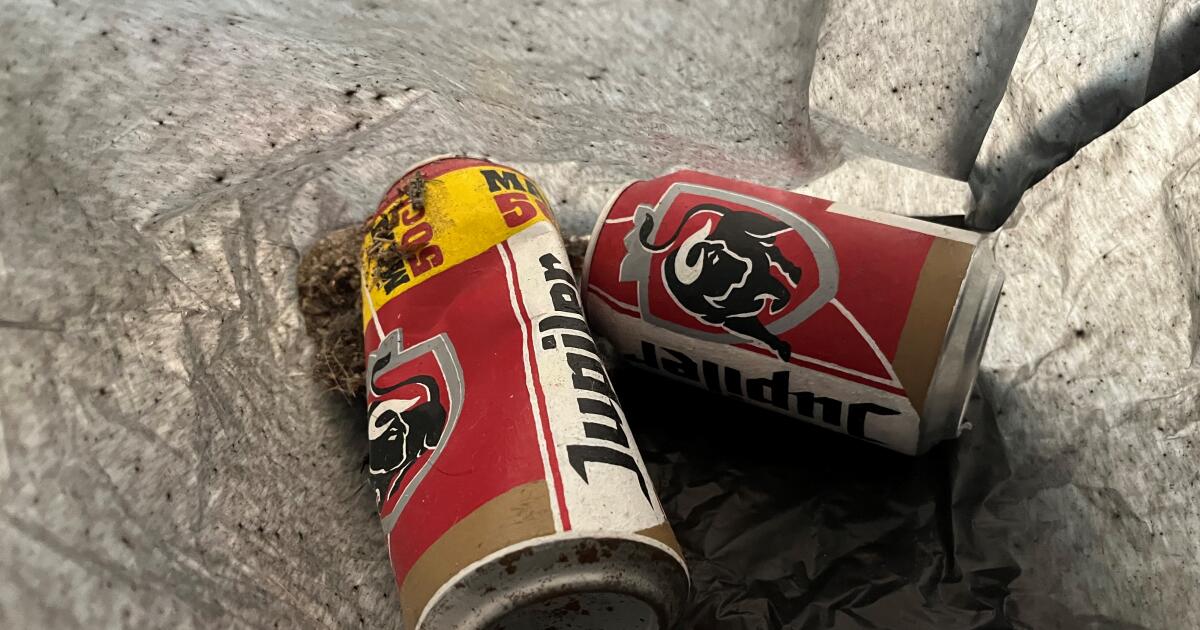
 Entertainment3 days ago
Entertainment3 days agoHold my beer can: Museum says a worker thought unique art installation was trash
-

 Entertainment4 days ago
Entertainment4 days ago'The Office' star Jenna Fischer reveals private breast cancer battle: 'I am cancer free'










